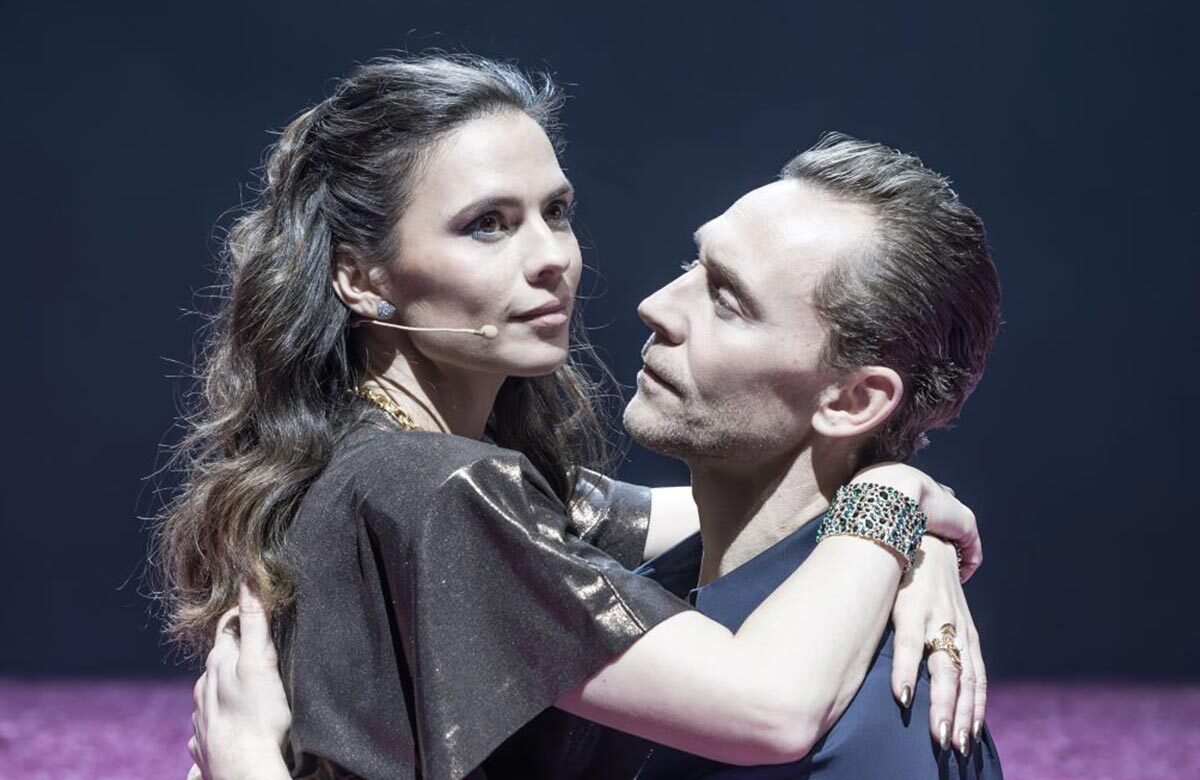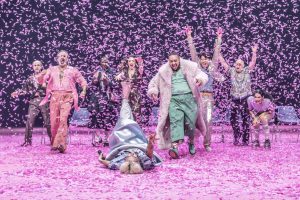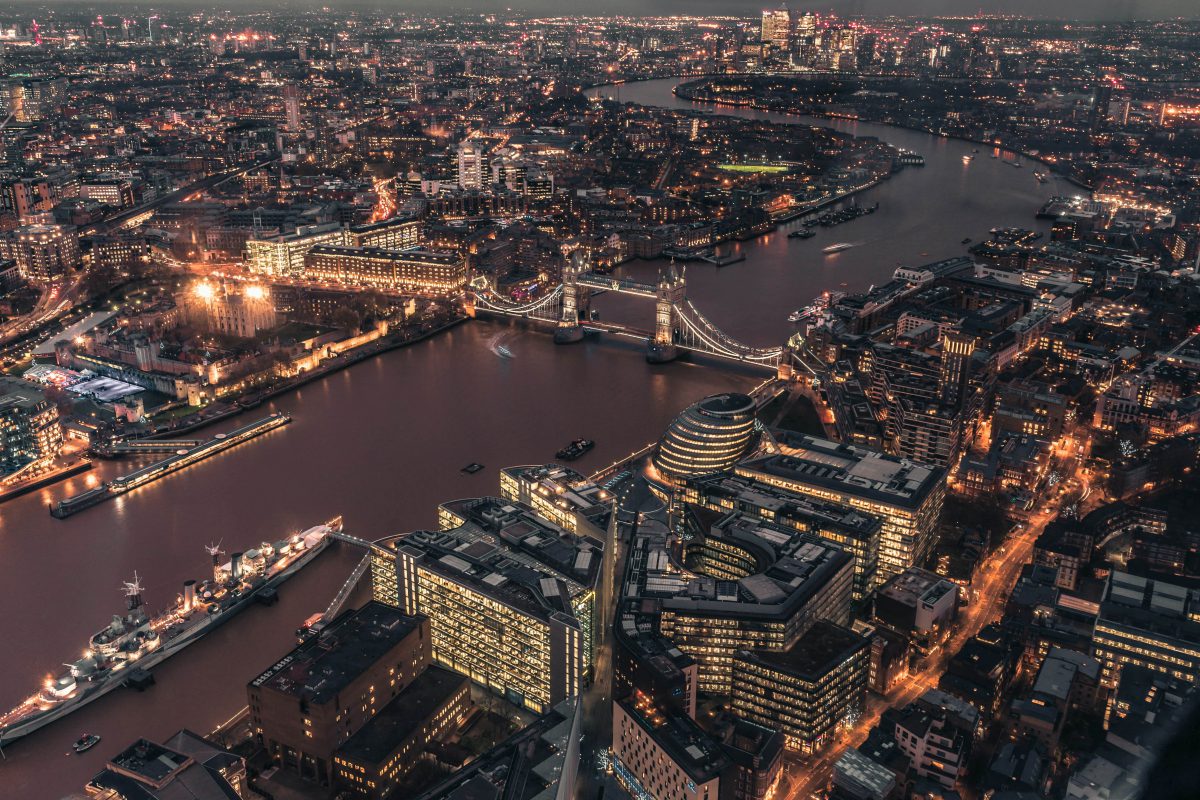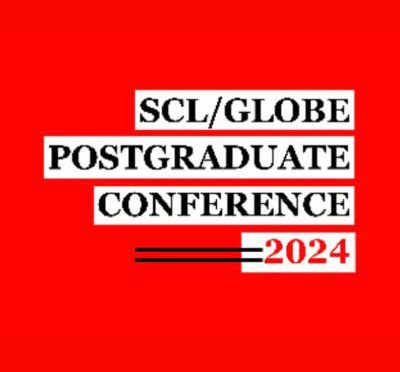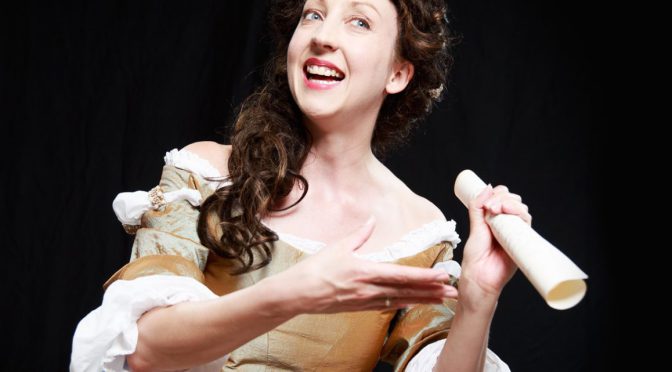I would like to dedicate this post to my uncle Karl Stone, thank you for being my inspiration and sparking my interests towards this wonderful, inquisitive genre. There are a million questions I wish I could ask you about your work, but these will have to wait. Until then, I hope you have found the answers to the questions you were looking for to do with this weird and wonderful genre and we hope to make you proud with a complete ninth book.
Occultism is defined by the Oxford University Press as ‘supernatural, mystical or magical beliefs, practices or phenomena.’ The word comes from the Latin Occultare meaning ‘secrete’.
With reference to the definition above, this genre of literature is no short of a secret. It isn’t everyday you hear of people reading a book belonging to the genre of Occultism, which is often viewed as a sub-category to the supernatural or fantasy categories. For context, my uncle was an author who wrote under the penname ‘Karl Stone’. During his career, he published 8 books, with his most popular titled ‘The Moonchild of Yesod: A Grimoire of Occult Hyperchemistry, or Typhonian Sex Magick’, which was published in 2012 with only 418 copies available to purchase. Stone numbered each of the 418 copies and signed them to create authenticity and ensure that those who purchased the book would receive original copies, not duplicated ones. I was 6 years old at the time the book was published, and widely unaware of the literary mind field that Occultism was and that my uncle was a cornerstone of its writing. I always knew that whatever it was, he had a passion for it, and he was good at it.
Sadly in 2019, he passed away leaving one incomplete book. By this point I was 14 and left with more questions than ever surrounding the genre of his writing. As my passion for literature grew, I longed more than ever to be able to speak to him about his works. The questions I wanted to ask him were ones I could no longer ask, and I made it my goal to take matters into my own hands and research this mysterious, hidden part of literature – drawing light on a subject he dedicated his career to. Now that I am at KCL, it only feels right that granted the opportunity to write about something, I choose to write about him, honouring his legacy and shining light on a genre which shifts the perspective of the world into one that leaves you questioning everything from the moment you engage with it.
I am choosing to focus on The Moonchild of Yesod described as ‘a grimoire of Occult Hyper chemistry… for the use of the practicing Occultist and Hyper chemists.’[1]. My first point of call when I began my research was to find out what a ‘hyper chemist’ was and the sort of things they practice. However, I was left disappointed when I did not get a clear answer from Google. ‘What is the job of a hyper chemist?’ provided no insight into the type I figured my uncle would write about, as it was obvious that this was not just a reference to a regular pharmaceutical chemistry. Stone was viewed as a ‘hyper chemist of the Trans-Himalayan system’ to his audience who compared him to other renowned authors in the filed such as Madame Blavatsyky, a Russian American mystic; Aleister Crowley, an English Occultist and Kenneth Grant, an English ceremonial magician who was an advocate of the Thelematic religion.

The religion of ‘Thelema’ was ‘a pre-Christian witchcraft religion’[2] which I assumed would have influenced my uncle to incorporate the theme of witchcraft and religion if Grant was his muse. As I began de-constructing the title, ‘Yesod’ is found in Jewish Philosophy. It comes from a node found in the Kabbalistic Tree of Life and referencing the base. The symbol of ‘Yesod’ can be found incorporated in Stone’s book where he makes references to it, for example, “The yesodic sphere is the landscape of illusion and glamour, it is the play of Lila, the world of appearances (sattwa, essence, kalas, substance or tincture) which composes the structure of the four qabalistic worlds.”[3], “To the qabalist, the Tree of Life is a living dynamic metaphysical template which indicates the relationship between God (YHVH) and Man (Adam Kadmon).”[4]. Spiritually, it is connected to the moon and unlocks a realm of spirituality and the subconscious, hence the title ‘The Moonchild’. I personally imagine he chose this title because the Moonchild in question is awakening into this world of spirituality. This could perhaps reflect on how my uncle felt when he first delved into the realm of occultism, as a new child within this obscure literary genre. It would have been interesting to know his reasoning for the title and whether this interpretation is correct. However, based on how invested he used to be in his work, perhaps it is.
The community surrounding Occultism is relatively small, and it is not easy to find one that you can become part of. Overall, the genre lacks exposure to the public due to the nature of articulate knowledge needed and the extent of research one must conduct. Those who delve into Occultism normally have a background or interest in witchcraft, supernatural beliefs, conspiracies, religion or herbal medicinal practices. Existing communities tend to stay hidden as most members practice Occultism as a lifestyle or profession. Occultism is all about gaining an awareness of a world that goes beyond human life form and accepting that there are other entities and supernatural elements combined with scientific elements, which people find difficult to commit to.
As for the reviews, The Moonchild of Yesod is rated a 4.55 on Goodreads, with majority of readers having a deep understanding of the genre itself. A review posted on the 30th of December wrote “This is a scholarly work that I recommend for intermediate to advanced students”[5]. Jordan Fitzgerald also went on to say, “Karl Stone will be known as one of the trailblazers of the occult avant-garde of this century.”[6]. To see such positive appraisal for my uncle was something that made me quite emotional and part of me hopes that he was able to read these reviews and be made aware of the impact his writing had on the Occultist community.
One user, named ‘C’, rated the book 2 stars, saying how he was ‘Trying to be Kenneth Grant’.[7] However, I think with a genre such as this one, it is difficult to try and impersonate a previous author because of the nature of the research and compilation that goes into producing a book like The Moonchild of Yesod. Rather than a case of ‘trying to be’, Stone wanted to show how Grant’s work inspired him, and other critiques have said to use Grant’s work as a starting point to educate as a ‘beginners guide’ to understanding The Moonchild.
From this experience, I know my research into Occultism is yet to finish as it has only just begun. As my relationship with literature continues to grow throughout my degree, my research will hopefully broaden, and I will develop a greater and in-depth understanding of the books Karl Stone has written and the ones that lay beyond. I highly encourage anyone reading to research the genre for yourself and form your own opinion towards it. The world of Occultism is one which keeps on giving and I would hope that my uncle is aware of how successful his input to the genre was.
As of 2025, my family and I are hoping to get in touch with authors and Occultist professionals to work on his incomplete manuscripts and publish his last book to add to the collection he accumulated. I know this is something he would have wanted, and the manuscript will be in good hands.
Written by Natalia Georgopoulos
[1] Transmutation Publishing. (2018). The Moonchild of Yesod by Karl Stone. [online] Available at: https://www.transmutationpublishing.com/inventory/moonchild-yesod-karl-stone/ [Accessed 25 Feb. 2025].
[2] White, E.D. (2018). Wicca | History & Beliefs. In: Encyclopædia Britannica. [online] Available at: https://www.britannica.com/topic/Wicca.
[3] Stone, K. (1AD). The Moonchild of Yesod: A Grimore of Occult Hyperchemistry, or Typhonian Sex Magick. United Kingdom: The Imaginary Book Co, p. 31.
[4] Stone, K. (1AD). The Moonchild of Yesod: A Grimore of Occult Hyperchemistry, or Typhonian Sex Magick. United Kingdom: The Imaginary Book Co, p. 39.
[5] Jordan Fitzgerald, December 2015 https://www.goodreads.com/book/show/15763429-the-moonchild-of-yesod
[6] ibid
[7] C, January 2025 https://www.goodreads.com/book/show/15763429-the-moonchild-of-yesod


